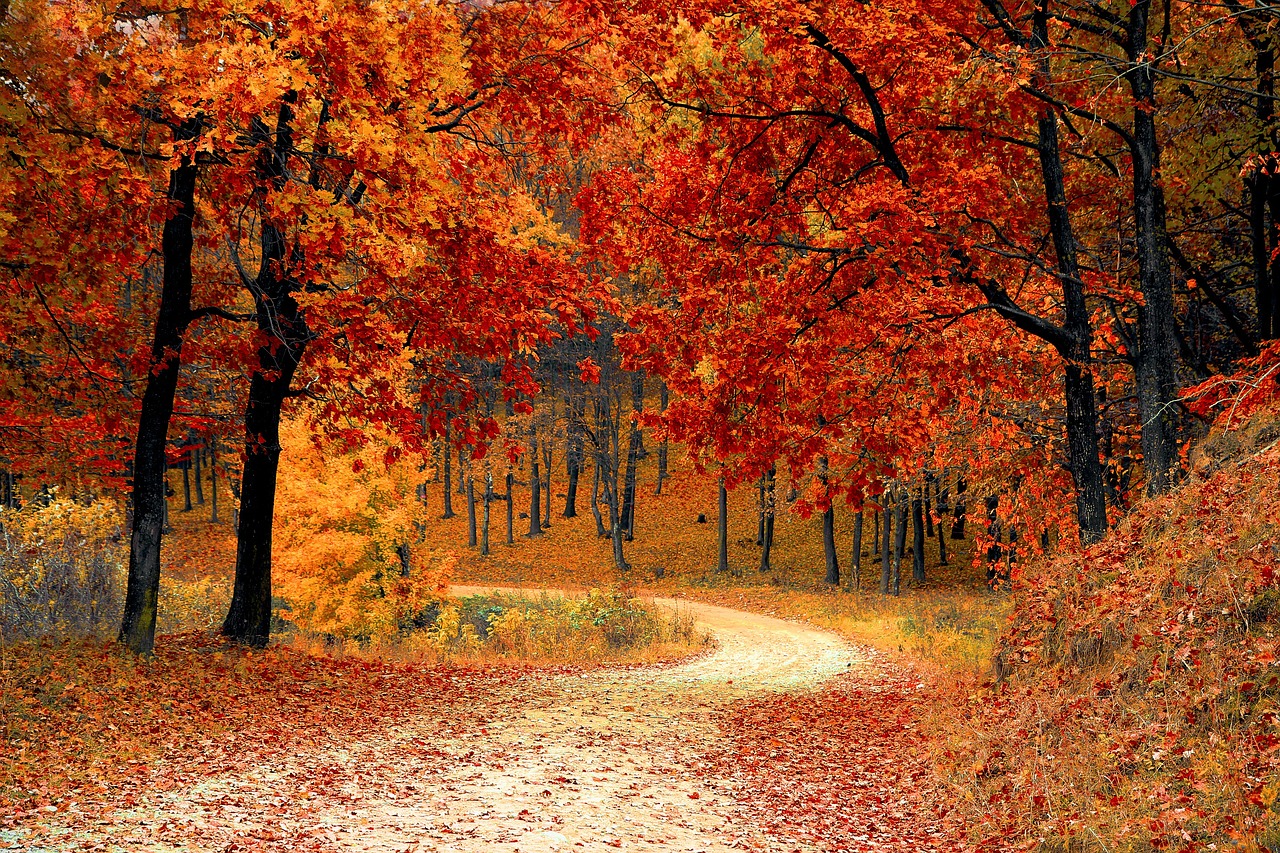Fall Maintenance
It’s Fall, the leaves are turning and falling to the ground, and that should be a sign to every homeowner to keep up with their Fall home maintenance. It may be called Fall maintenance, but in reality, Fall maintenance is designed to prevent problems in the winter and spring times. Many of the recommendations in this post can be performed by a handy homeowner, but a few may take professionals to accomplish properly. Our first advise, read through our list and get started early before cold weather.
Grounds:
In Connecticut, we have snow, rain, and freezing rain during the colder months. It’s important that rain and melting snow and ice has freedom to flow away from the house to prevent water intrusion into basements and crawl spaces.
- When raking or blowing leaves this fall, be sure to get them out of your garden areas around the foundation. Build-up of leaves can prevent or slow down water run-off.
- Make sure your planting areas are not so dense that your plantings prevent or slow water run-off.
- The ground should have a downward slope away from the foundation of about an inch per foot as a minimum so rain will flow away before soaking into the ground. This will help keep the ground around the foundation dryer, with less potential for water intrusion. If the ground does not slope away from the foundation, or slopes toward the house, water from melting snow and ice will build up, and as the ground thaws it will become saturated, increasing the potential for water in your basement or crawl space.
- Gutter leaders should have extension on the bottom to move water further from the foundation.
Roof systems:
Ice Damns.
- Improving your attic insulation and ventilation systems will not only save on energy bills, but may prevent leakage through the roof from ice damns. Ice damns occur by the combination of the following factors: Snow build up on the roof, and a Lack of attic insulation and ventilation. If there is not enough insulation in the attic, heat lost from the within the home will warm the roof deck melting the snow. As the water from the snow melts and runs down the roof, it freezes as it flows over the eaves that are exposed to the colder temperatures. Once there is a build-up of ice that is too great for the water to run over, it backs up under the shingles and into the home. A lack of attic venting will hold the lost heat in the attic contributing to the snow melt. This is especially true when there is significant snow build-up on the roof, as the snow also acts as an insulator, trapping heat in an under ventilated attic. If you own a home built before the 1990’s, contacting a contractor to evaluate your attic insulation and ventilation is recommended.
Roof Drainage.
- Gutters may need to be cleaned more than once during the Fall season. If gutters are clogged from leaves, Fall and Spring rains and melting winter snow will overflow around the foundation and increase the potential for water intrusion into basements or crawl spaces.
Plumbing:
If your exterior faucets are not frost free (see images), you need to winterize them.
- All hoses should be disconnected from exterior faucets.
- The faucet should be opened to allow water to run.
- Find the shut off valve to the faucet within the house or basement and turn it to the off position, and allow any residual water to drain from the faucet.
Vulnerable plumbing.
- If you have exposed, unprotected pipes in potential cold areas such as garages, porches, attics or any area that will be exposed to freezing temperatures. These should be shut down and drained of all water. If these pipes are needed all year. They need to be properly protected by insulation and/or heat tape to prevent freezing.
Heating Systems & Fireplaces:
- Make sure your heating system has had its annual servicing before cold weather comes.
- Intake air and combustion vent systems should be checked for any blockage or restrictions.
- Change batteries on thermostats.
- In most homes, fossil fuels are used for heating. Smoke detectors should be placed at least in all bedroom areas, if not, all bedrooms themselves. CO detectors should be placed where they can be heard when sleeping. Replace the batteries on your smoke and CO detectors.A close up of a rain gutter filled with fall leaves
- Any fire place that has burned a cord of wood should be cleaned and inspected by a qualified chimney sweep.
- If you have a gas fired fireplace or insert, make sure you are using it according to manufactures specifications. If you are unsure of what those specifications are, hire a qualified installer. Your gas lines should be checked annually for damage or leaks.


